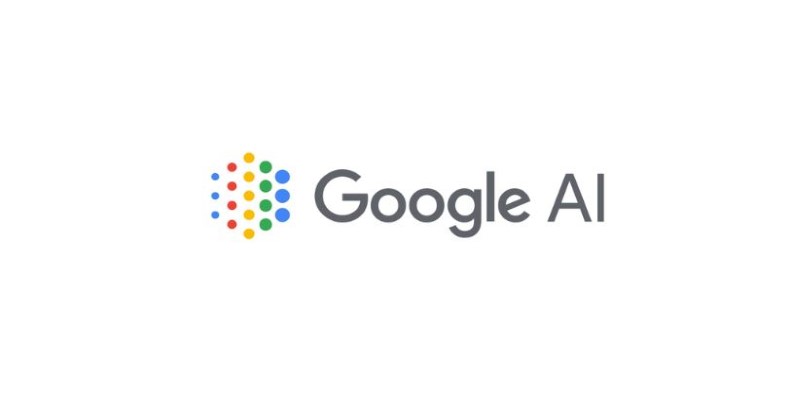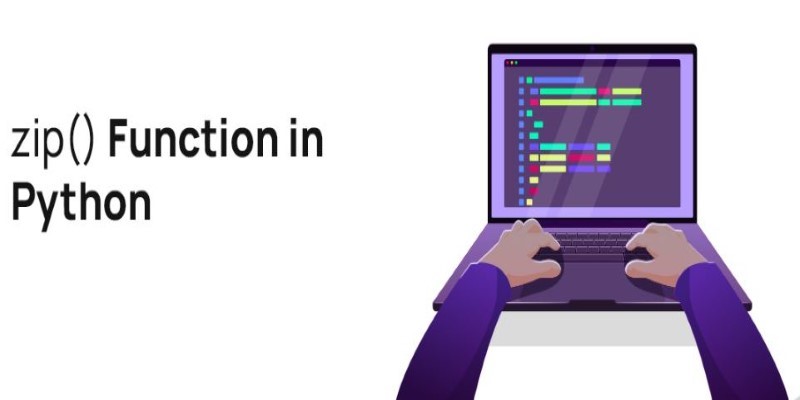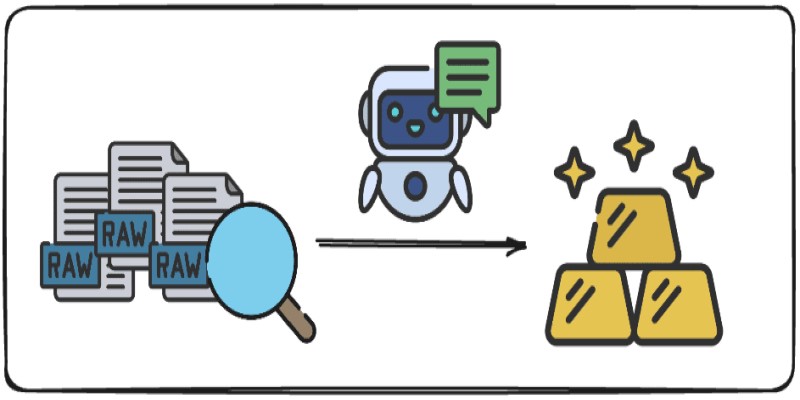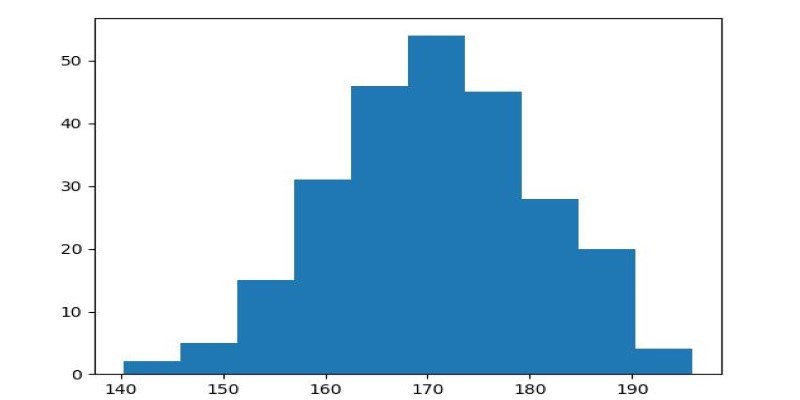Advertisement
There’s a flood of content on data science out there. If you're learning Python, trying to clean messy datasets, or just staying sharp on what’s new in machine learning, you’ve probably been overwhelmed by blog after blog, some helpful, some not. The truth is, you don’t need to follow hundreds of them—just a handful that actually give you useful, real-world info without wasting your time.
These ten blogs do that. They cover everything from beginner tips to advanced theory, real-world use cases, industry updates, and tutorials that actually work when you try them. Whether you're a student, a data analyst, or deep into model tuning, one of these will become your go-to.
This one’s like the Reddit of data science blogs. A bunch of people contribute—some are pros, some are students—but the quality control is solid. You’ll find articles on deep learning, NLP, data cleaning, and a lot of opinion pieces that get you thinking. What’s good here is the variety. If one voice doesn’t click with you, the next one might.
It’s hosted on Medium, so it’s clean to read. Just keep in mind you’ll hit a paywall unless you use the free reads wisely.

KDnuggets has been around longer than most data scientists have been using pandas. The site focuses on short, to-the-point articles. You’ll get digest-style updates, quick tutorials, comparisons between algorithms, and job trend breakdowns. This one’s more curated than community-driven, which means less noise.
DataCamp Blog
If you’ve used DataCamp for courses, their blog is worth checking too. It leans heavily on education—explainers on concepts like logistic regression, supervised learning, or exploratory data analysis. The best part is how beginner-friendly it is without feeling dumbed down.
They usually back everything up with code snippets and charts, so it’s not just theory. It’s one of the few blogs where you can learn something from start to finish in one article.
This is one of the most community-driven platforms for data science content. It’s big in India, but the audience is global. You’ll find real-world case studies, hackathon recaps, and hands-on guides for tools like scikit-learn, XGBoost, and Tableau.
If you’re prepping for interviews, they’ve got tons of guides on that too. Their style is very practical—lots of screenshots and step-by-step breakdowns.
If R is your language of choice, R-bloggers is your best bet. It collects content from dozens of R-focused blogs, so instead of bouncing around different sites, you get everything in one feed.
It’s more technical and assumes you’re comfortable with R, but if you’re working in data visualization, forecasting, or statistical modeling, it’s gold.
Distill is different. It doesn’t post often, but when it does, the articles are visually stunning and super detailed. It’s best for when you want to go deep into one topic, like attention in neural networks or dimensionality reduction.
This one is more for intermediate to advanced readers, especially if you care about the “why” behind models. The writing is clear, but you’ll want to give yourself some time—these aren’t quick reads.
The Fast.ai team is known for making deep learning accessible. Their blog reflects that. It covers practical deep learning, responsible AI, and even takes jabs at academic gatekeeping. Jeremy Howard, one of the founders, often writes posts himself.

You’ll get code, real opinions, and a healthy dose of open-source ethics. If you’re looking to build serious models but avoid getting buried in math, this one’s for you.
This one started as a YouTube channel, but the blog version is helpful if you prefer reading or want a quick refresh. Josh has a gift for breaking down statistical concepts into plain English.
From p-values to principal component analysis, his posts explain not just how something works but why it matters. Great if you're prepping for exams or trying to teach others.
Straight from the source, this blog gives updates from Google’s AI research teams. You’ll see what they’re doing with LLMs, robotics, speech models, and infrastructure. It’s not always practical—you won’t find many beginner tutorials here—but it shows where the field is headed.
Think of it like the press release section of the AI world, with a few gems that offer deeper breakdowns.
Run by three biostatistics professors, this blog mixes stats theory with commentary on trends in data science and research. The posts are straightforward, sometimes casual, but often bring in fresh perspectives on how data is used (and misused).
It’s less about tutorials, more about thinking. Ideal for readers who want more than just tools and code—they want to understand what the numbers are really saying.
If you’re feeling overwhelmed and just want to pick one place to start learning, go with the DataCamp Blog. It covers both the “how” and the “why,” is readable for all skill levels, and doesn’t assume too much.
Start by reading their beginner posts on linear regression, pandas, or EDA. Most articles come with code you can copy into your notebook and try right away. You’ll build confidence and actually retain what you’re reading because you’re doing it too.
Another tip—don’t just skim. Pick a concept you’re weak on, read one full post, run the code, change a few things, and see what happens. You’ll get way more out of it than reading 20 articles you can’t remember tomorrow.
You don’t need to follow every data science blog out there. It’s easy to fall into the trap of reading and never applying. The best ones are the ones that give you ideas you can try right now—whether that’s building a classifier, cleaning a dataset, or exploring new visualization styles. Start with one or two from this list. Set a schedule. Maybe one deep read a week. If you’re working on a project, search those blogs for related examples.
Advertisement

Create user personas for ChatGPT to improve AI responses, boost engagement, and tailor content to your audience.

Learn how to convert strings to JSON objects using tools like JSON.parse(), json.loads(), JsonConvert, and more across 11 popular programming languages

Looking for quality data science blogs to follow in 2025? Here are the 10 most practical and insightful blogs for learning, coding, and staying ahead in the data world

Ask QX by QX Lab AI is a multilingual GenAI platform designed to support over 100 languages, offering accessible AI tools for users around the world

Learn how the zip() function in Python works with detailed examples. Discover how to combine lists in Python, unzip data, and sort paired items using clean, readable code

Learn how Intel Core Ultra CPUs use advanced neural processing to unlock faster and more responsive AI experiences on PC.

Oyster, a global hiring platform, takes a cautious approach to AI, prioritizing ethics, fairness, and human oversight

Want to turn messy text into clear, structured data? This guide covers 9 practical ways to use LLMs for converting raw text into usable insights, summaries, and fields

Discover how Getty's Generative AI by iStock provides creators and brands with safe, high-quality commercial-use AI images.

How to use Matplotlib.pyplot.hist() in Python to create clean, customizable histograms. This guide explains bins, styles, and tips for better Python histogram plots

Anthropic faces a legal battle over AI-generated music, with fair use unlikely to shield the company from claims.

Understand the real differences in the relational database vs. graph database debate. Explore structure, speed, flexibility, and use cases with real-world context